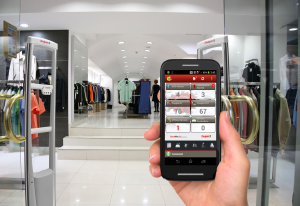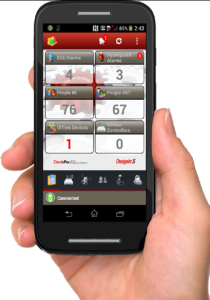Shoplifting is a problem that affects retailers worldwide. In the United States shoplifting is a problem that affects the retail industry tremendously. Millions of dollars are lost daily due to this problem, and although legislation about this problem continues to change to punish the perpetrator accordingly, the problem is far from disappearing. The rules and regulations about shoplifting that are to be observed by the management and employees of your store should be reviewed regularly to ensure they reflect the times and views of the owners of the retail store.
For more about this and other news follow the links below.
Indianapolis shoplifting suspect dies in police custody after breathing problems
Indianapolis police said they were investigating the death of a shoplifting suspect who complained of breathing problems.
The man died in the back of an ambulance on Saturday afternoon after being arrested by the Indianapolis metropolitan police department (IMPD) and Cumberland police department, the IMPD said in a news release.
The man told officers he was having trouble breathing and an ambulance was summoned. The medical crew assessed the man and determined he could be transported to the city’s arrestee processing center, but while in the back of a jail wagon the man again complained of breathing problems.
A second ambulance was called, but the man’s condition quickly deteriorated and he died despite attempts to save his life, police said.
Walmart employees in hot water over video of suspected shoplifter
ARLINGTON, Texas — Walmart employees who confronted a suspected shoplifter in a Dallas suburb may now be in trouble themselves, reports CBS DFW.
A cashier recorded the incident in North Arlington, which was posted on a Facebook page for Walmart employees. It appears to show a woman shoplifting and employees taunting her and grabbing her bag on her way out of the store.
The video then shows an unidentified woman walking up to the suspected shoplifter outside the store and and starting to fight with her.
One of the employees involved has resigned and an investigation is underway, CBS DFW reports.
Retailers call for legislation amid rise in shoplifting in Dublin
Retailers are lobbying the Government to introduce tougher penalties for repeat shoplifters as gardaí reported a 40 per cent increase in the activity in inner city Dublin.
A Dublin central Joint Policing Committee was told this week that overall property crime, such as burglaries, car thefts and shoplifting, was up by 8 per cent in the division.
Chief Supt Pat Leahy told the meeting that burglaries and car thefts were down this year but a sharp increase in recorded shoplifting had brought up the total.
He said the apparent increase in shoplifting coincided with a change in the way the crime was recorded.
“Every single incident of shoplifting now is recorded as a crime. Whether it is a lipstick or it is a €400 jacket, it goes in as a crime,” he said.









